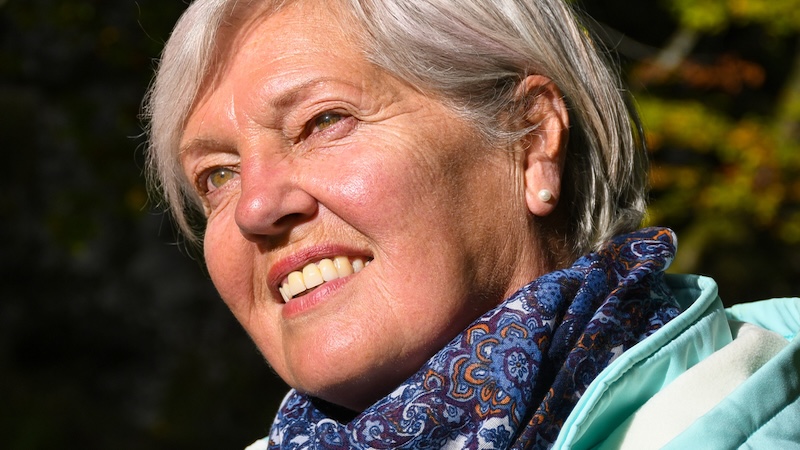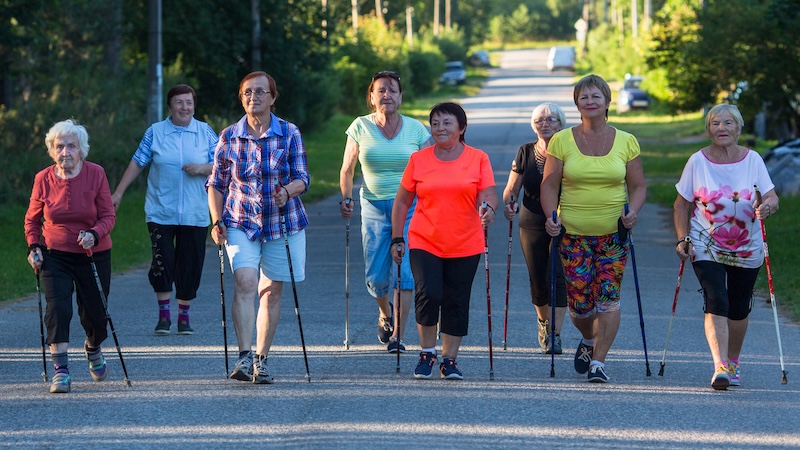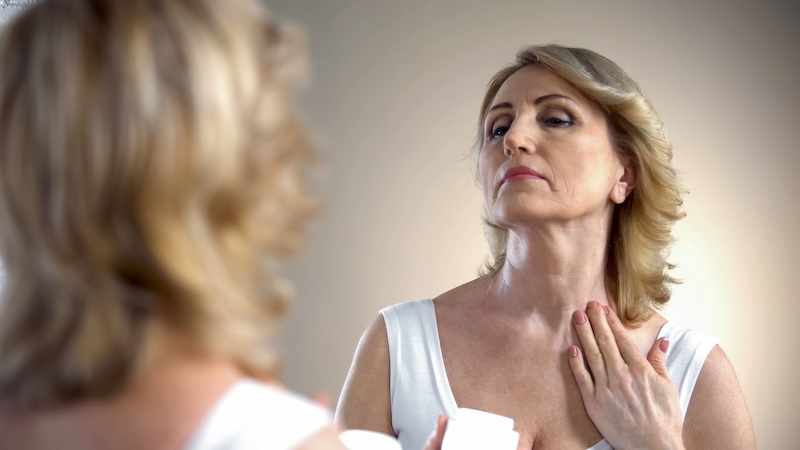Can You Treat SAD with food?
A look at dietary strategies that might ease symptoms of seasonal affective disorder

If you get the blues in wintertime, your relationship with food might change with the season, too. Registered dietitian nutritionist Carrie Dennett examines the evidence behind the ways we may treat SAD with food.
Winter’s relative lack of daylight and sunshine, especially in cloudy or more northerly climates, may make you feel less energetic and more blah than you do in the brighter months. For about five percent of the U.S population, however, the “winter blues” have a more serious effect on mood and daily functioning — possibly because they have seasonal depression, also known as seasonal affective disorder, or SAD.
Symptoms and causes
SAD is an all-too-appropriate acronym for this subtype of major depressive disorder. Symptoms can include oversleeping, overeating, and social withdrawal, along with low mood, low energy, and trouble concentrating, and they last nearly five months on average, typically beginning in late fall or early winter and progressively worsening until they begin to fade in spring or summer. Even though SAD’s seasonality sets it apart from other types of depression, it is considered a major mental health disorder due to its duration, its annual recurrence, and the effect of its symptoms on daily quality of life.
Unfortunately, there’s no definitive explanation for what causes SAD. Some research suggests that people with SAD may have disrupted levels of serotonin, a brain chemical that regulates mood, and melatonin, a hormone that helps maintain the normal sleep-wake cycle. These disruptions would make it hard to adjust to seasonal changes in day length, explaining why SAD is more common and more severe in states where the sun rises the latest and sets the earliest in winter. While there’s evidence that nutrition can play a role in the treatment of mental health conditions, is this also true for SAD?
Can we treat SAD with food?
Conventional wisdom from the early days of SAD-awareness in the 1990s was that people with SAD should eat a high-carbohydrate diet to increase levels of serotonin. However, a 2020 systematic review found that while people with SAD experience stronger cravings for carbohydrate-rich foods, randomized controlled trials have found that actually eating more carbs doesn’t ease symptoms.
What about vitamin D, the “sunshine vitamin”? While low vitamin D levels have been associated with increased risk of depression, this review cites a study that found that people randomly assigned to take a high dose of vitamin D for 12 weeks during the winter experienced no significant differences in depressive symptoms compared with participants assigned to take a placebo. A study looking at the effects of supplemental vitamin B12 also failed to find that it helped with SAD symptoms.
“While there absolutely is research showing correlations with nutrients and mental health, there are many limitations to this research, and people can often find themselves relying on expensive supplements without addressing the root cause,” says Anafer Barrera, a Colorado-based registered dietitian and Certified Intuitive Eating Counselor with experience in mental health. “When symptoms persist due to a lack of effect from the nutrient, people can often end up feeling worse, like there must be something really wrong with them if X supplement didn’t cure their blues.”
10 ways to avoid seasonal affective disorder
Gentle nutrition
Barrera says the priority for someone with SAD should be to make sure they’re eating enough. “When anxiety and depression rise, food can become intolerable or just a hassle. The best thing to do is to find out how you can navigate these barriers to make sure you’re getting enough calories, protein, carbs, fat, and fiber to fuel your brain and body on a physical level.”
She recommends that people struggling with SAD meet themselves where they’re at in terms of how much time and energy they have to focus on nutrition. “Ideally, we’re getting a good variety of food, with a healthy dose of it made at home from fresh ingredients,” she says, with an important caveat: “Sometimes you desperately need convenience foods, simple recipes like cereal and milk, fruit and yogurt, quesadillas and avocado, or the classic boxed pasta and jarred pasta sauce to get your needs met and tackle the more important things in life.”
Disordered eating and SAD
Barrera says while food can provide a sense of control, responsibility, and thus empowerment in our lives, which can be good for mental health – that sense of control can also be a major factor in the development of an eating disorder.
That 2020 review found that people with SAD are more likely than people without SAD to eat just because food is there – even if they aren’t hungry or are already full – including eating significantly larger dinners and snacking more in the evening. More alarmingly, people with SAD are at increased risk of engaging in emotional eating, binge eating, and other disordered eating behaviors, including those related to bulimia nervosa.
Bottom line
Because there’s a shortage of high-quality research on the role of nutrition in managing SAD symptoms – in part because of lack of clarity on SAD’s underlying causes – don’t treat nutrition as an alternative to seeking mental health support. “Regardless of the cause, nutrition will likely only be a fraction of the solution,” Barrera says.
According to the National Institute of Mental Health, while psychotherapy and antidepressant medications are two treatment options, for those seeking a lifestyle-based approach, another primary treatment for SAD is light therapy – sitting in front of a special bright light box for 30-45 minutes a day – to try to make up for some of the sunlight missing in winter.
Reprinted with permission from Environmental Nutrition, a monthly publication of Belvoir Media Group, LLC. 800-829-5384. www.EnvironmentalNutrition.com.
©2024 Belvoir Media Group. Distributed by Tribune Content Agency, LLC.


